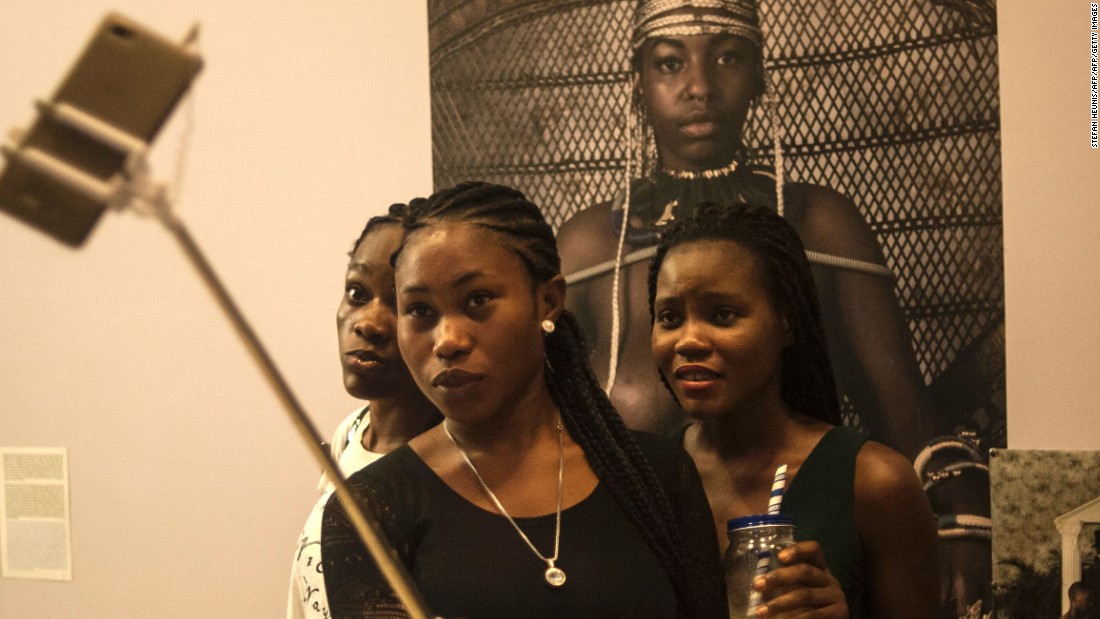Women take sexy selfies to compete with other women and climb the social ladder in economically unequal environments, new research from an Australian university has found.
A study, published Monday in the Proceedings of the National Academy of Sciences (PNAS) journal, found women took sexy selfies in environments with greater economic inequality, rather than where they might be oppressed because of their gender.
The researchers analysed more than 68,000 sexualized self-portrait photographs, or “selfies,” posted on social media platforms Instagram and Twitter across 113 countries.
They also looked at where in the world the most selfies were taken.
The researchers found the association between sexy-selfie prevalence and income inequality was directly related, with greater sexualisation in environments where incomes are unequal and people are preoccupied with relative social standing.
“We found no association with gender oppression,” the study said.
“It’s all about how women are competing and why they’re competing,” said the study’s lead author, Khandis Blake from University of New South Wales.
She said women are “more likely to invest time and effort into posting sexy selfies online in places where economic inequality is rising, and not in places where men hold more societal power and gender inequality is rife.”
“Selfie” was the Oxford Dictionaries’ word of the year in 2013.
In recent years, especially since the advent of smartphones and social media platforms, the images have become a ubiquitous symbol of the perceived self-obsessiveness of the younger generation.
Researchers in the past have found women take more selfies than men.
The PNAS researchers said income inequality increases competitiveness and status anxiety amongst people at all levels of the social hierarchy, making them sensitive to where they sit on the social ladder and wanting them to do better than others.
“That income inequality is a big predictor of sexy selfies suggests that sexy selfies are a marker of social climbing among women that tracks economic incentives in the local environment,” Blake said.
“Rightly or wrongly, in today’s environment, looking sexy can generate large returns, economically, socially, and personally.”
The researchers found the same pattern of “income inequality” spending in other real world experiences in physical appearance-enhancing areas, like beauty salons and fashion.
“So, when a young woman adjusts her bikini provocatively with her phone at the ready, don’t think of her as vacuous or as a victim,” Blake said.
“Think of her as a strategic player in a complex social and evolutionary game. She’s out to maximize her lot in life, just like everyone.”(dpa/NAN)

